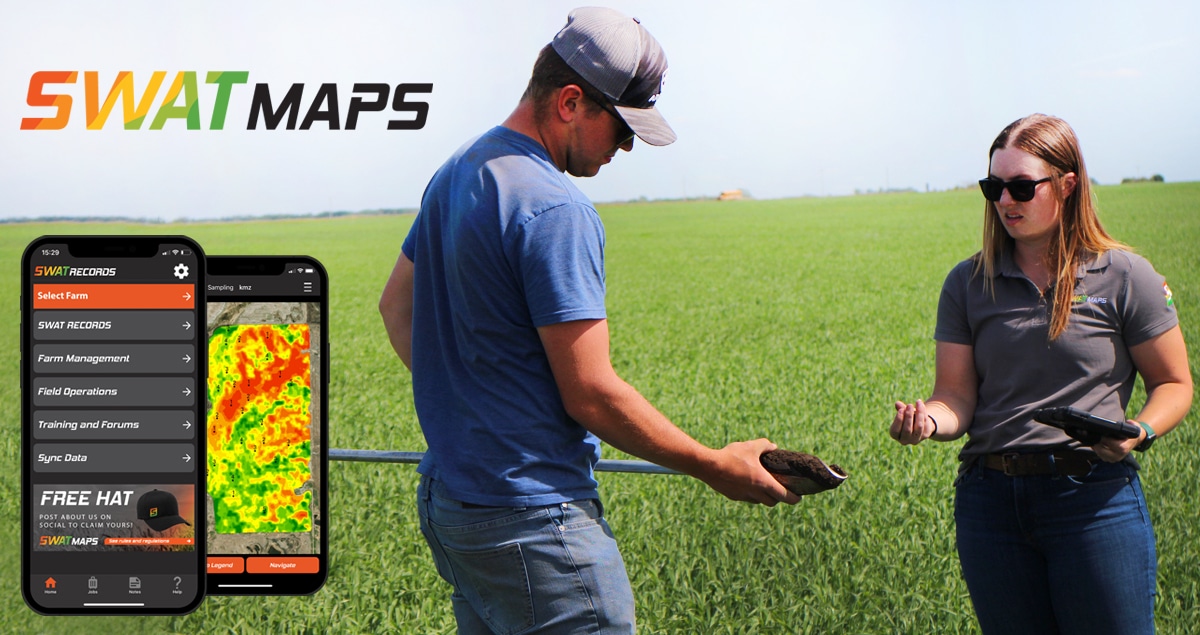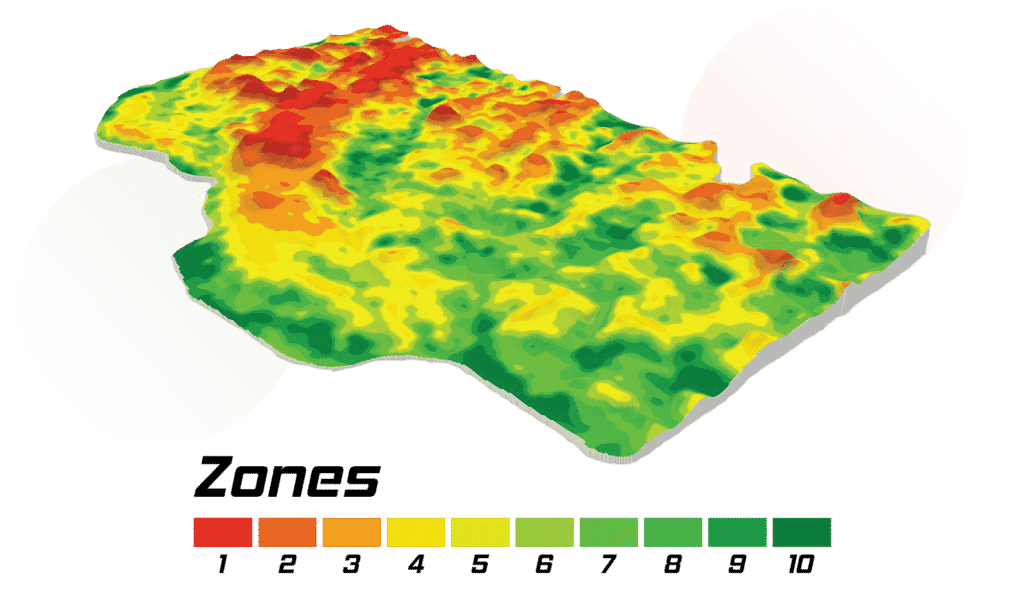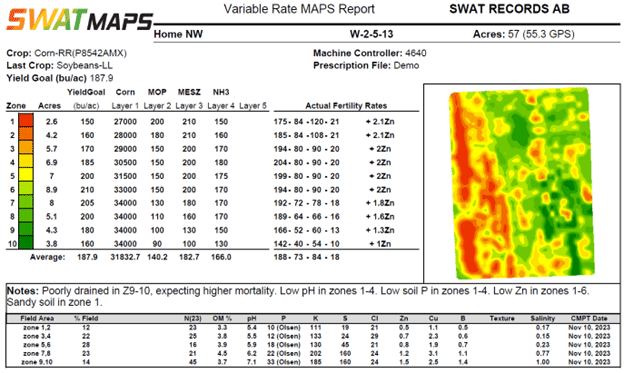Cost-Effective Farming: Advantages of Variable Rate Applications

Variable rate technology is becoming more commonplace in the ag community, yet the adoption rate is still relatively slow. Farmers and agronomists are realizing that a soil-based foundation layer like SWAT MAPS is critical for success. As a result, the industry is seeing a transition from square grid-based sampling to more accurate soil-based zone sampling that matches the actual field landscape variability.
Understanding Variable Rate Applications
Variable rate refers to the practice of adjusting the rate of input applications based on specific variables such as soil type, soil nutrient supply, and crop nutrient requirements. By mapping and understanding the variability of these attributes within your field, you can take advantage of the technology to apply inputs at the right rate and in the right place.
SWAT MAPS provides the framework to collect data about a field which is used by an agronomist to determine the optimal rate of seed and fertilizer for each area of a field. This targeted approach ensures that resources are used efficiently and reduces the risk of over- or under-application.
The SWAT MAPS Difference
Soil, Water, and Topography (SWAT) MAPS are high-resolution soil foundation maps used to execute variable rate fertilizer, seed, soil amendment, pesticide, or precision water management. They are created using a patented process and each map is made up of ten different management zones, called SWAT zones. Using SWAT MAPS gives you the ability to address variations in soil nutrient levels and plant available water across your fields. By adjusting the rate of seed and fertilizer application based on these variations, you can ensure that each area of the field receives the necessary nutrients for optimal crop growth. These precise resource allocations can lead to improved crop yields and reduced environmental impact.

Optimized Input Allocation
These days, farm input prices are very high, so it is becoming even more critical to not waste them. By applying these inputs in varying amounts based on soil, water, and topography characteristics, you can optimize your input allocation (see Figure 1). This leads to increased efficiency, reduced waste, and cost savings, making it an essential tool for economic and environmental sustainability.
For example, in figure 1, populations are based on the soils’ ability to support a given corn population due to varying water holding capacity. Nutrients like potash, phosphate, and zinc are applied at higher rates in zones 1 to 4 where the soil supply is low. Nitrogen rates are highest in zones 3-6 where expected yield is high and soil N supply is expected to be relatively low.

Soil Potential + Genetic Potential
Matching corn populations to the soil potential – a combination of nutrient supplying power and water availability – is a powerful tool to make the most of your hybrids’ genetics. There’s no value in pushing high populations in a part of the landscape that can’t support it, but in areas that can…take advantage of that potential!
In beans, matching populations to expected growth habits can proactively help manage diseases like white mold. Populations can be reduced in high growth potential zones to mitigate excessive canopy cover, and increased in areas where they struggle with row closure!
Environmental Sustainability
Excessive application of nutrients can lead to nutrient runoff in water bodies, causing harmful algal blooms and negatively impacting aquatic ecosystems. However, by implementing variable rate applications, you can ensure that your fertilizer is only applied to the necessary SWAT zones and at the right rates, reducing the risk of nutrient runoff and minimizing environmental impact.
SWAT MAPS products can also help conserve water resources. By analyzing soil moisture data and adjusting irrigation scheduling accordingly, you can optimize irrigation water use using variable rate irrigation technology.
If you would like to further discuss how variable rate might benefit your farm specifically, please connect with us at support@swatmaps.com.









